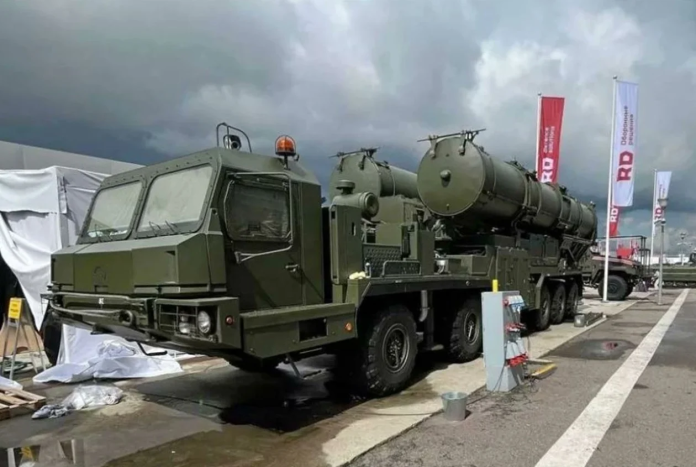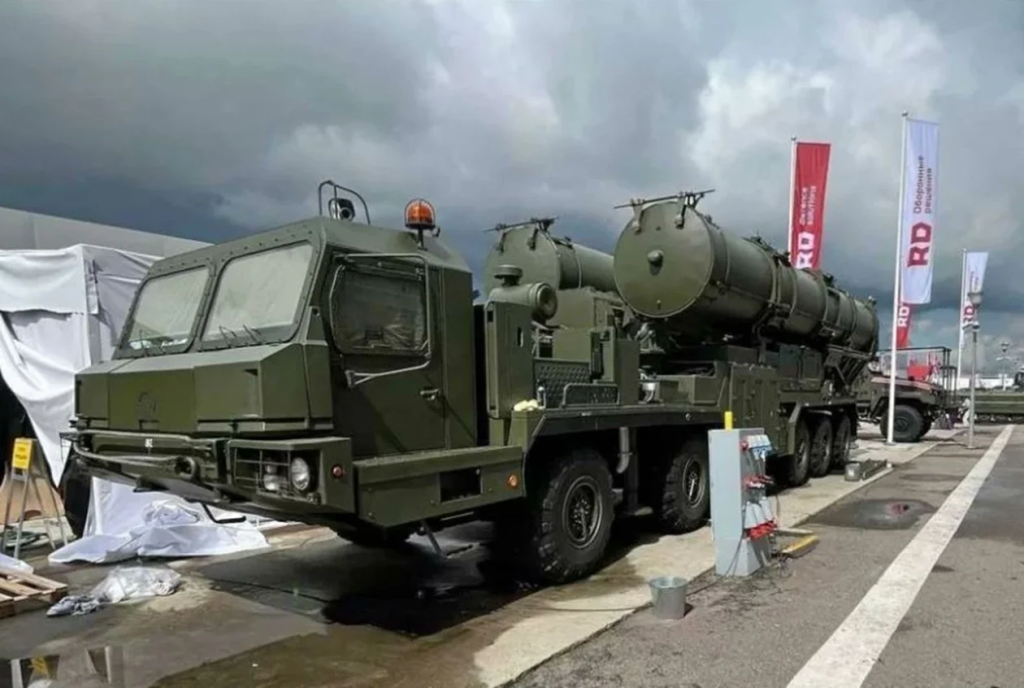
When Russia introduced the S-500 “Prometheus,” it did not only unveil a new missile system it issued a direct challenge to the implicit assumptions of Western aerial dominance and space defense.
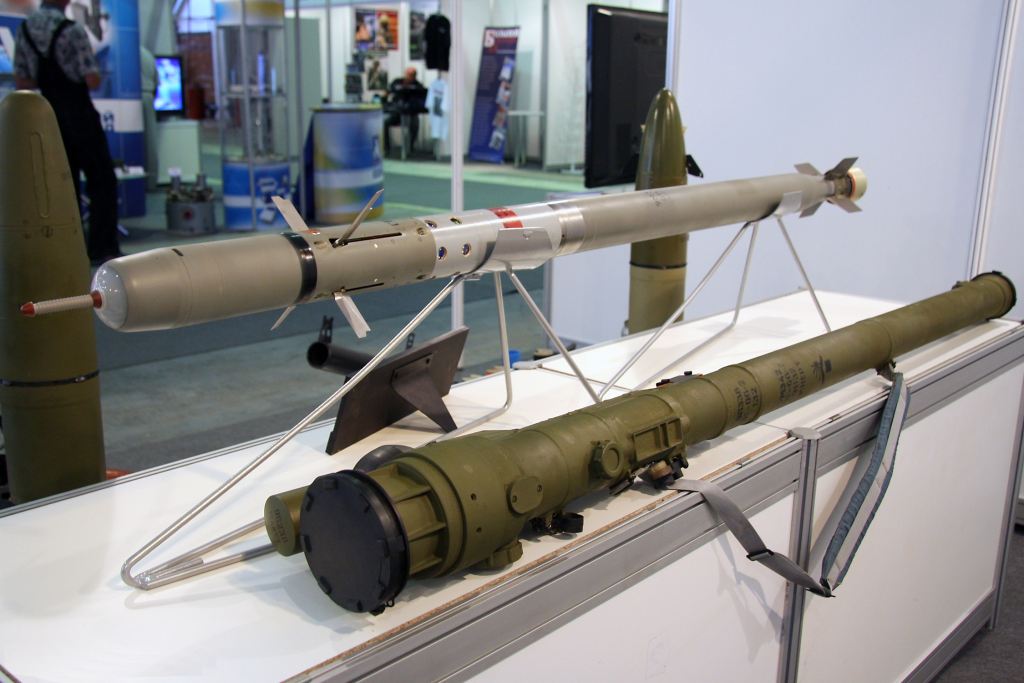
1. Game-Changing Interception: Beyond the Hype?
The S-500’s most daunting claim is its ability to intercept not just conventional aircraft but hypersonic missiles, fifth-generation stealth fighters, and even low-Earth orbit satellites. Russian military analysts assert, “The S-500 anti-aircraft missile system has no analogs in the world and is designed to destroy the whole range of existing and promising aerospace hostile attack weapons in the whole range of altitudes and speeds.” While Western analysts are cautious pointing to a lack of proven combat experience the system’s 600-kilometer range and multi-domain capability set it apart from past systems. During recent tests, Russian sources indicate the S-500 detected both hypersonic gliders and missiles successfully for the first time ever by any working air defense system, according to Russian sources, the S-500 detected both hypersonic gliders and missiles successfully.
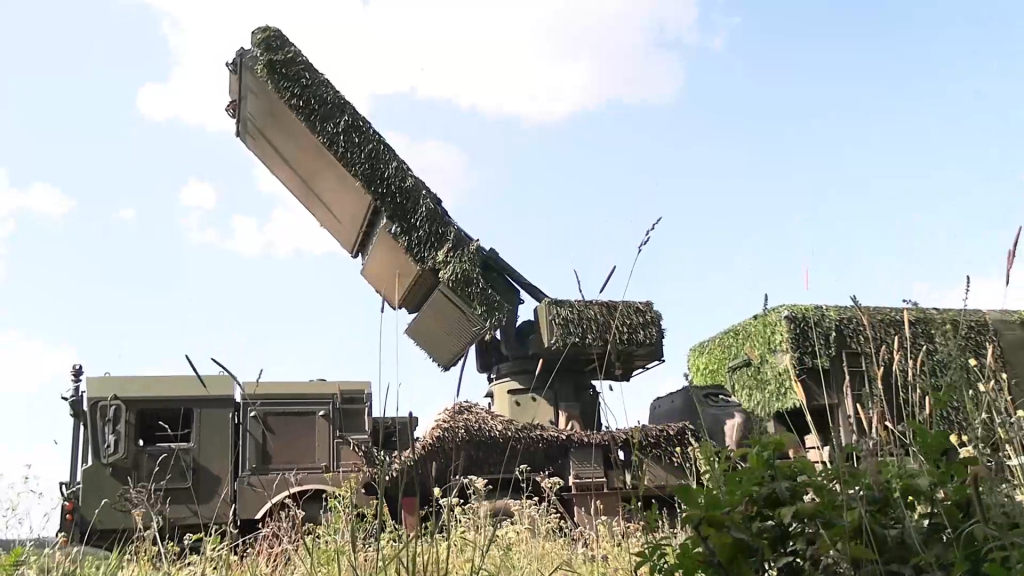
2. The Radar Revolution: Seeing the Unseeable
In the center of the S-500’s capabilities is a high-tech radar complex. The system deploys a battery of four radar vehicles with dedicated capabilities: 91N6E(M) S-Band acquisition radar, 96L6-TsP C-Band acquisition radar, 76T6 multi-mode engagement radar, and 77T6 Anti-Ballistic Missile-Engagement radar. The use of several frequencies enables the S-500 to detect ballistic missiles to 2,000 kilometers and airborne targets stealth aircraft to 800 kilometers.
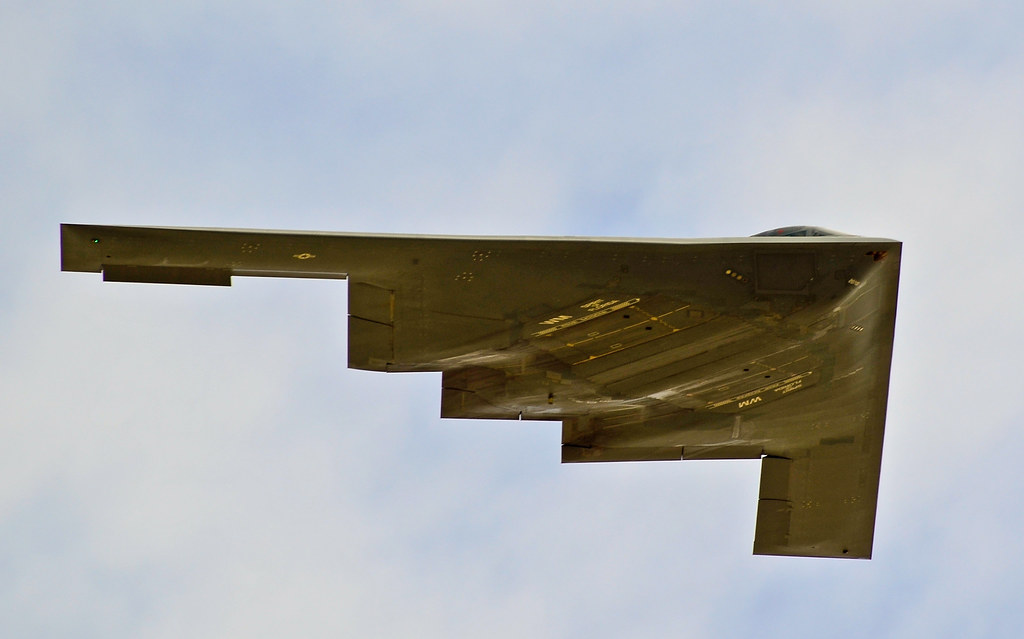
Advanced signal processing and multi-band functionality allow the S-500 to track and engage targets with low radar cross-section, such as the F-35 and B-2, previously undetectable by less advanced systems advanced signal processing and multi-band functionality allow the S-500 to track and engage targets with low radar cross-section. This capability is particularly significant in the wake of recent events in which even antiquated systems could identify stealth planes, which meant that the S-500’s state-of-the-art sensors would be a nightmare to confront for NATO’s most prized assets.
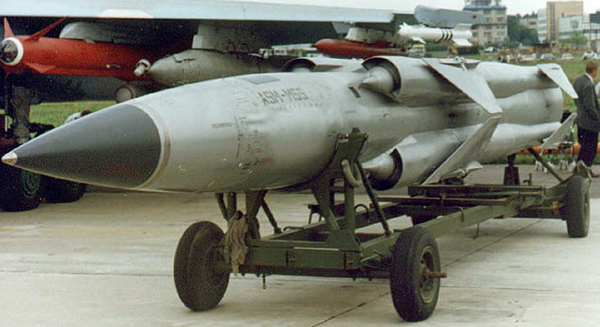
3. Countermeasures Against Hypersonic Threats
The race to counter hypersonic missiles is a defining feature of modern missile defense. Hypersonic missiles, traveling over Mach 5 and capable of unpredictable turns, have been out of detection and intercept capabilities for a long time. The S-500 promotes filling this gap with interceptors such as the 77N6-N and 77N6-N1 for anti-ballistic and anti-hypersonic threats and the 40N6M for deep air targets. These missiles are said to have the capability to attack targets at altitudes of up to 200 kilometers and speeds of up to Mach 20 these missiles are said to have the capability to attack targets at altitudes of up to 200 kilometers and speeds of up to Mach 20. Western systems such as THAAD and Patriot, on the other hand, have a maximum range of 200 kilometers and no proven counter-hypersonic capability Western systems such as THAAD and Patriot, on the other hand, have a maximum range of 200 kilometers and no proven counter-hypersonic capability. Although the S-500’s total effectiveness against evasive hypersonic threats remains to be seen, its design philosophy promises a new generation of multi-layer, rapid-response defense.
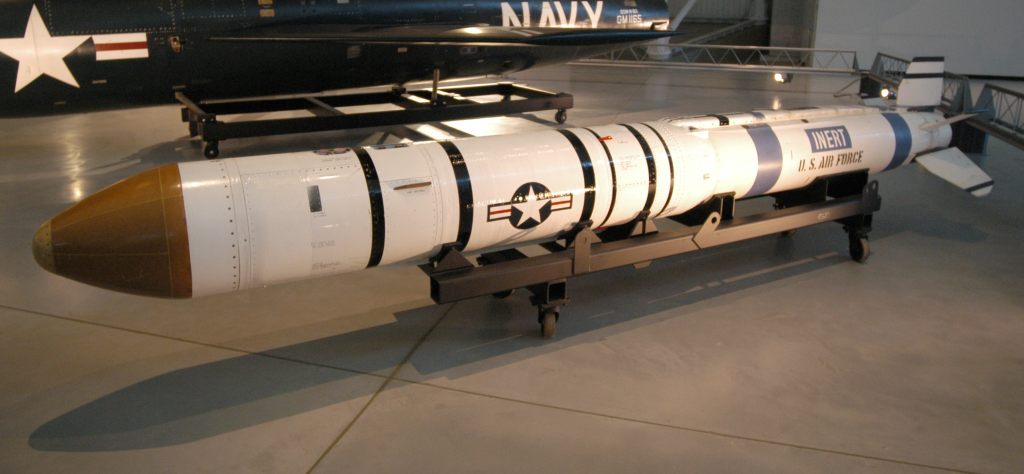
4. Anti-Satellite Ambitions and Space Militarization
The most potentially significant feature of the S-500 is its alleged anti-satellite (ASAT) capability. The system’s interceptors are said to be able to attack satellites in low-Earth orbit, combining air and space defense under one umbrella. This places the S-500 at the center of a widening space arms race, as kinetic, non-kinetic, electronic, and cyber counterspace weapons are rapidly proliferating where kinetic, non-kinetic, electronic, and cyber counterspace weapons are rapidly proliferating. Russian, Chinese, U.S., and Indian direct-ascent ASAT tests already have generated thousands of debris pieces threatening the sustainability of space operations. The S-500’s dual-capability architecture capable of missile defense and satellite interception reflects a wider trend toward integrated aerospace defense strategies the S-500’s dual-capability architecture capable of missile defense and satellite interception reflects a wider trend toward integrated aerospace defense strategies.
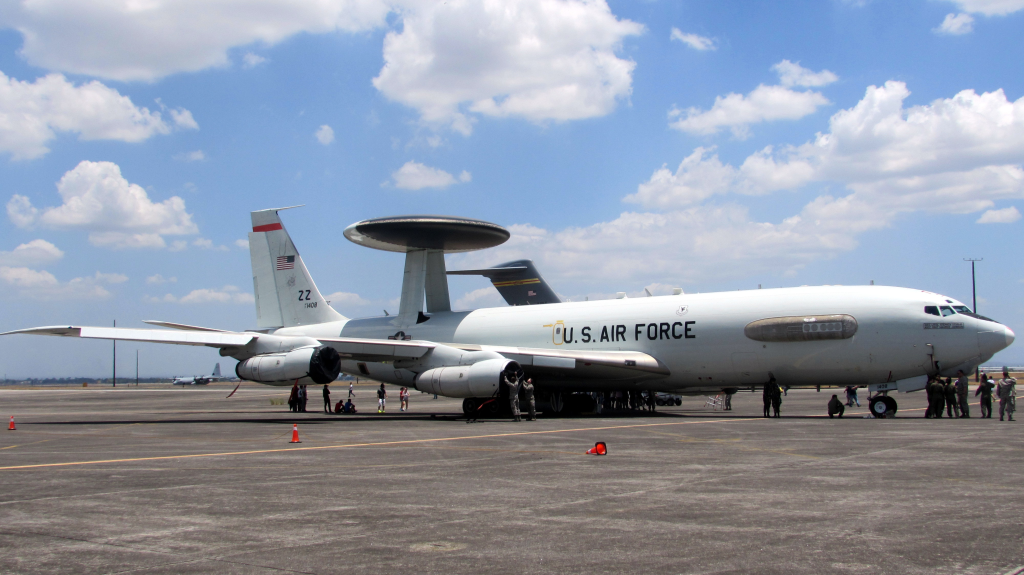
5. Strategic Impact: Threat to NATO Force Multipliers
The S-500’s high mobility and range have profound implications for NATO’s high-priority targets. AWACS aircraft, tankers, and electronic warfare aircraft that are crucial on keeping Western air campaigns going have hitherto been safely behind the front lines. With the S-500’s 600-kilometer range, these force multipliers are now within striking distance. This is forcing planners to reexamine deployment strategy and airspace control these force multipliers are now within striking distance. In response, this is forcing planners to reexamine deployment strategy and airspace control. As Military Watch magazine points out, “the system’s extremely long engagement range makes it a very serious threat to force-multiplier assets like tankers and airborne early warning & control systems that are essential to NATO air power.”
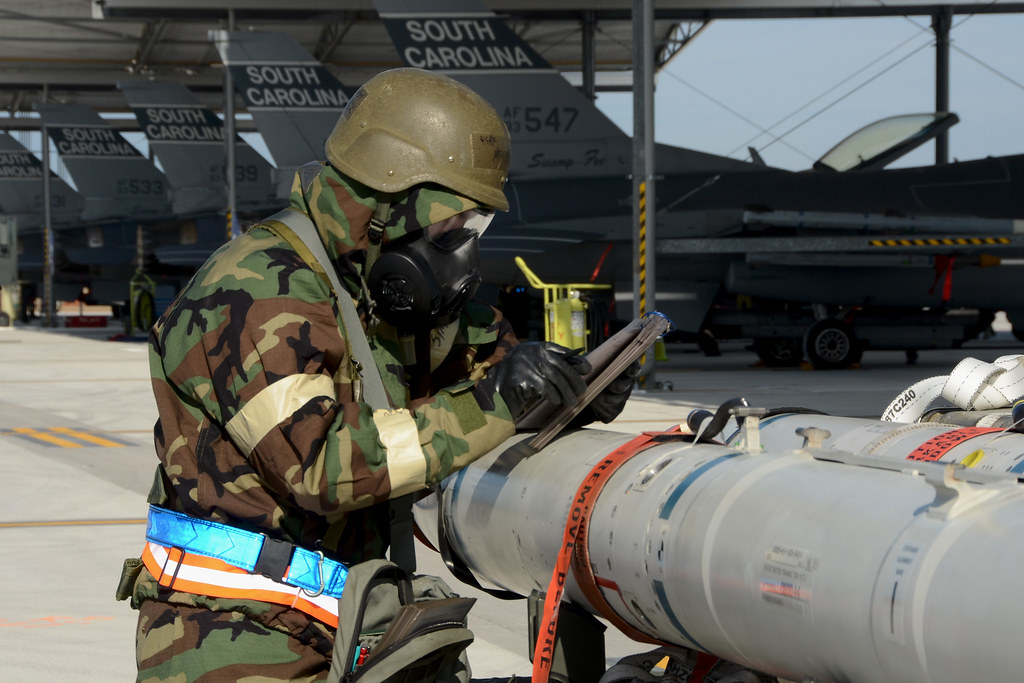
6. Deployment Timeline and Production Challenges
Despite promise, the journey of the S-500 to operational readiness has been plagued with delays and logistic hurdles. Initial deployment was set to start in 2014, but serial production did not begin until 2021, and the first regiment was not declared operational until 2025. Production has been held up by Western sanctions and manning issues, limiting the system’s deployment to a limited range of strategic locations most notably, the defense of Moscow and the Kerch Strait in Crimea, where it protects vital supply lines the defense of Moscow and the Kerch Strait in Crimea, where it protects vital supply lines. The cost per unit, $700 million to $2.5 billion, also restricts large-scale deployment.
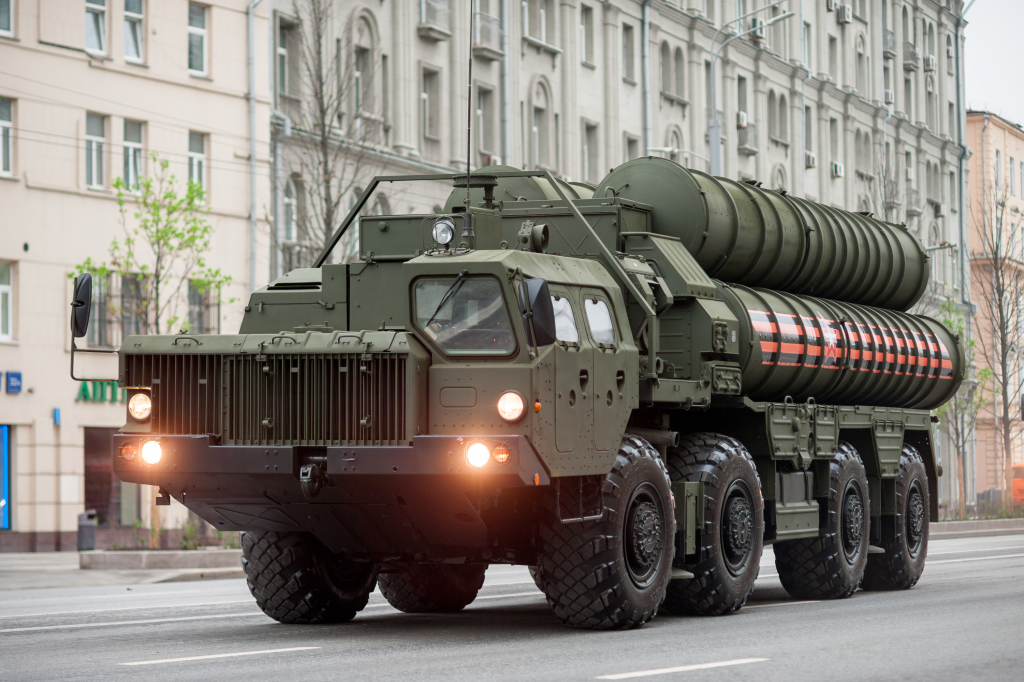
7. Integration and Future Development
The S-500 is not a standalone solution but rather a cornerstone of Russia’s multi-layered anti-air and missile defense complex. It coexists with the S-400, S-300, and strategic A-235 Nudol system, creating a high-density network that can intercept threats along the range from low-altitude drones to intercontinental ballistic missiles. Plans for naval variant and integration with the future S-550 system indicate that Russia is determined to extend these capabilities to naval and space environments, which adds a new level of complexity to strategic calculations for adversaries plans for naval variant and integration with the future S-550 system indicate that Russia is determined to extend these capabilities.
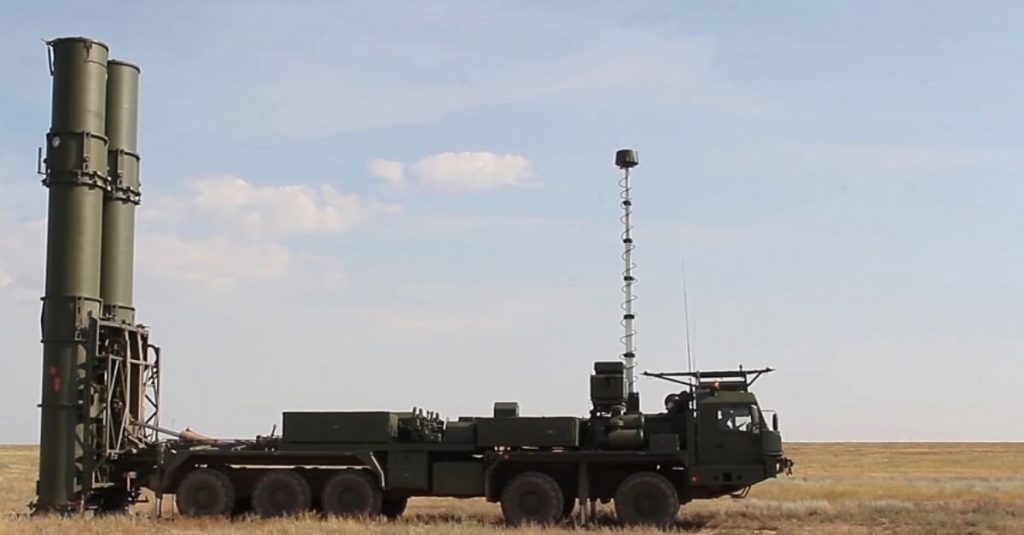
S-500 Prometheus is both a technological triumph and a message of strategy: the distinctions between air, missile, and space defense are becoming less and less clear, and the battles of the future will be defined as much by sensors and algorithms as by firepower and velocity.
